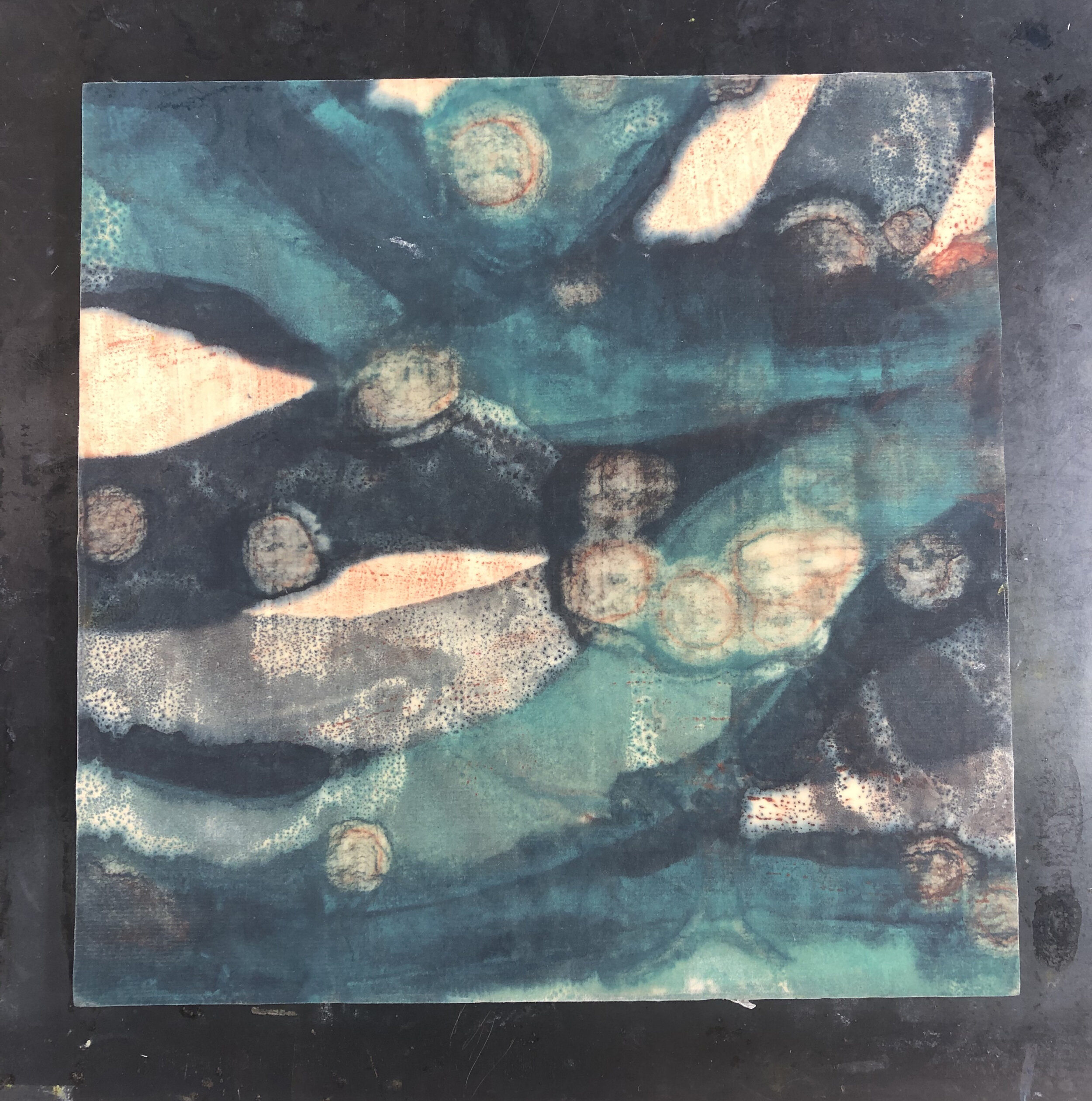Encaustic Technique: Gluing Paper to Panel
Paper glued to panel can create a lovely surface to work on and bring a finished quality to your artwork. If you've already tried this in your studio, you know the results are well worth it. It is important to follow each of the following steps carefully to prevent bubbles from forming, which can be detrimental to a piece of artwork down the road. This is especially true for encaustic paint. Since encaustic needs a rigid surface to adhere to, a bubble in the paper can cause the wax to crack or chip off the surface, particularly when it is being transported in cold environments.
The best kind of glue for photographic papers is Matte Medium. Any archival glue, such as PVA glue can be used for handmade papers. If you are working large, it is a good idea to use a glue drying inhibitor such as methylcellulose in a 9 to 1 ratio: 9 parts PVA to 1-part methylcellulose. This will enable you to have a longer working time which will allow you to be able to position, and if necessary, reposition the paper and remove any bubbles. Remember to keep everything clean so you do not get glue on the surface of your paper. The process is as follows.
1. Cut the paper so that it is slightly larger than the panel it will be glued to.
2. Apply the glue with a brush, a piece of mat board, or a rubber roller. We recommend trying this on a small piece of paper before moving to your final paper. Be sure to spread the glue evenly and thinly. The amount of glue is determined by the thickness and absorbency of your paper. Make sure the glue does not come through the other side of the paper. Coat both the wood substrate as well as the paper.
3. Starting from one end, lay the paper onto the wood substrate. Applying even pressure, using a piece of mat board, clean rubber roller, Bondo shim, piece of cardboard, or your hand, slowly lay the rest of the piece down.
4. If the paper becomes out of registration, pull it up, recoat it, and try again (try to work quickly so that the first glue layer does not dry). To make sure your photograph lines line up, we suggest marking either the backside of the image and placing the panel to the photograph, or you can use a pre-cut frame to mark the corners on the front-side of the image and then line those corners up with the panel.
5. Once the piece is down, working from the center out, use a piece of mat board, a clean rubber roller, Bondo shim, or piece of cardboard and push down on the paper. This will remove air bubbles and make a tight seal between the paper and the board.
6. Check your sides for any glue that may have seeped out and clean this up immediately with a damp sponge or paper towel (since encaustic does not adhere to glue, if you plan on painting your edges, you may want to lay down blue painters tape on the sides so that the glue drips onto the tape and not the framing).
7. Flip the piece over onto a clean surface or clean piece of wax paper. Apply weight either by using weighted pipe, old double-hung window weights, or books. Be sure the weight is even and significant, i.e. at least 10 - 20 lbs.
8. Allow the glue to air dry (so it can harden and cure), ideally for 24 hours but no less than 2-4 hours before painting on the surface.
9. Lay the piece on its face and using a sharp, clean razor, cut off the excess paper from the edges of the panel. The blue painter’s tape can be left on during the painting process as well if clean edges are desired but should be removed within a few weeks, or it will become difficult to remove.
10. If air bubbles do arise, use a hypodermic needle filled with glue to inject a small amount of glue into the bubble. Work the bubble out with a piece of mat board, a rubber roller, Bondo shim, or piece of cardboard and re-weight.


